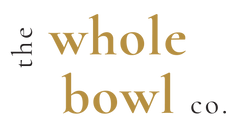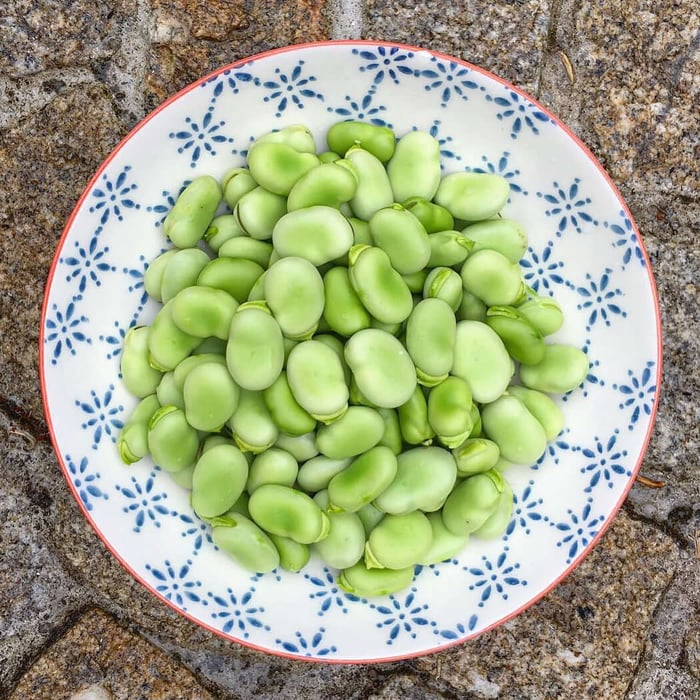
Are you interested in adding more plant-based protein to your diet? Plant based proteins have some added benefits that animal protein does not offer such as fibre (only found in plants), and low (or zero) saturated fat.
Our in house nutritionist @daisyplantkitchen has put together a simple guide to make it super easy to include plantbased protein in your daily meals.
Just a REALLY quick science lesson to begin…
The body requires protein for many physiological processes, including but not limited to: tissue growth, healing, repair and maintenance, hormone production, immunity, digestive enzymes, energy and fluid balance.
Protein is made up of amino acids. You may have heard, amino acids are the building blocks of protein. There are non-essential amino acids which are made by the body, whereas “essential” amino acids must be consumed in the diet.
We must consume adequate protein in our diet to ensure our body does not break down muscle to acquire the amino acids it needs.
Here’s the bit we need to know!
As long as a variety of amino acid containing foods are consumed throughout the day, the body can combine them from its “amino acid pool” and create proteins.
The foods can be combined together in a meal OR simply consumed throughout the day. Some people prefer to combine amino acid containing foods in a single meal to ensure they meet their requirements.
Ideas for food pairing
Pair a food from group #1 with a food from group #2 and you have yourself a meal with complete protein.
#1 Whole Grains examples
Wheat
Brown Rice
Rolled Oats
Barley
Millet
Corn
Rye
#2 Legumes or Nuts & Seeds examples
Beans: adzuki beans, black beans, broad beans, butter beans, mung beans, kidney beans
Legumes: peanuts, chickpeas, lentils, peas, split peas
Nuts: almonds, cashews, brazils, macadamia, walnuts, hazelnuts, pistachios
Seeds: tahini, sesame seeds, sunflower seeds, pumpkin seeds, pine nuts, hemp seeds
Some meal examples include
- whole wheat or rye toast with pure peanut butter or almond butter
- brown rice cakes with hummus
- rolled oats (porridge) with nut butter or seeds
- brown rice with lentil dahl or chickpea curry
- wholewheat pasta with lentil bolognese
- brown rice with tofu and cashew nut stir fry
- brown rice poke bowl with edamame
- corn tortilla with Mexican bean chilli
- falafels and hummus
Reminder as long as a variety of amino acid containing foods are consumed throughout the day, the body can combine them from its “amino acid pool” and create proteins

